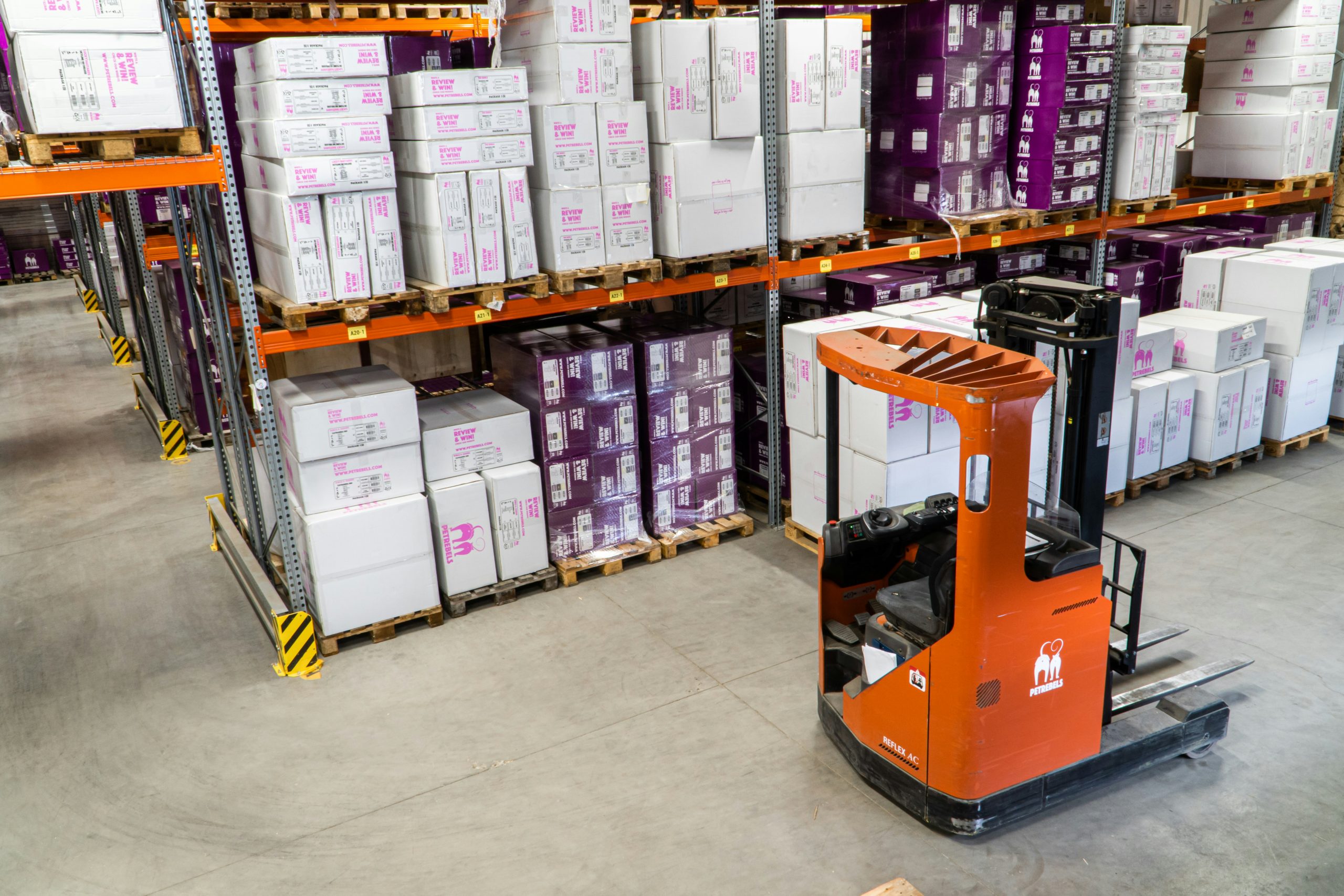- Forklifts play a crucial role in warehouse operations, impacting productivity and safety.
- Implementing proper training programs for forklift operators is essential to optimize operations.
- Adherence to safety protocols is important in maintaining a secure and efficient working environment.
- Leveraging technology such as WMS and IoT can significantly enhance forklift efficiency.
- By adopting these strategies, warehouse managers can achieve operational excellence and stay competitive.
In the fast-paced world of logistics and supply chain management, the efficiency of warehouse operations is a crucial determinant of business success. Amidst this backdrop, Singapore stands out as a beacon of streamlined operations, largely due to its meticulous approach to optimizing warehouse management, including forklift operations. Drawing inspiration from Singapore’s exemplary standards, this blog post explores comprehensive strategies and tips for enhancing the efficiency and safety of forklift use in warehouses, aiming to provide valuable insights to warehouse managers worldwide.
Benchmarking Singapore’s Warehouse Efficiency
Singapore’s ascent as a global leader in efficient warehouse operations is no coincidence. The country has harnessed cutting-edge technology and best practices to achieve remarkable productivity levels. Central to its success is the strategic deployment of forklifts, machines critical to the smooth execution of warehouse activities. Singapore has set a benchmark for the industry by focusing on forklift efficiency, showcasing the potential for substantial productivity gains through effective resource management.
As such, buying a forklift for sale in Singapore is often the first step in enhancing warehouse efficiency. However, optimizing forklift operations goes beyond merely acquiring a machine; it requires a holistic approach centered on leveraging technology, increasing safety, and streamlining processes.
Tips and Strategies for Optimizing Forklift Use
In line with Singapore’s leading practices, the following strategies offer a roadmap to elevate your warehouse operations through optimized forklift use.
Regular Forklift Maintenance
The bedrock of effective forklift operation is adherence to a strict maintenance schedule. Proactive maintenance reduces the likelihood of unforeseen downtime and extends the equipment’s operational lifespan, ensuring that forklifts are always in top condition. Routine checks and timely repairs keep the machines running efficiently, preventing costly breakdowns and operational bottlenecks.
Effective Forklift Operator Training
Equally important is the comprehensive training of forklift operators. A well-designed training program equips operators with the necessary skills for safe and efficient machine handling, minimizing the risk of accidents and enhancing operational productivity. Beyond basic operation, training programs should cover safety protocols, load management, and energy-efficient driving techniques.
Moreover, regular refresher courses for forklift operators help keep them abreast of changing technology and best practices, ensuring their skills remain up-to-date. This is particularly crucial as technology continues to evolve and new forklift models are introduced into the market.
Implementing Lean Inventory Management
Integrating forklift operations with lean inventory management practices spells a win-win for warehouse efficiency. Lean principles, aimed at eliminating waste, complement a well-operated forklift fleet’s precise and timely movements. Through careful planning and the reduction of excess inventory, warehouses can optimize space and improve the speed and accuracy of forklift tasks.
Utilizing the Right Forklift for the Job

No two warehouses are the same, and the decision on which forklifts to deploy should be guided by specific operational needs. Factors such as warehouse layout, the nature of goods handled, and storage infrastructure dictate the choice between different forklift types, from versatile reach trucks to nimble pallet jacks. Selecting the right forklifts for specific tasks enhances efficiency and reduces the risk of damage to goods and infrastructure.
Furthermore, warehouses should regularly review and update their forklift fleet to ensure they have the most suitable equipment. With new advancements in technology, more efficient and specialized forklift models are constantly being introduced, making it essential for warehouses to stay updated and adapt accordingly.
Enhancing Safety Protocols
A culture of safety is paramount in efficient warehouse operations. Enhanced safety protocols for forklift operations protect employees, prevent disruptions, and maintain high productivity levels. Measures include regular safety drills, clear signage, designated forklift paths, and adherence to weight limits, collectively fostering a secure and efficient working environment.
Leveraging Technology in Forklift Operations
Adopting technology like Warehouse Management Systems (WMS), automated data collection, and the Internet of Things (IoT) takes forklift efficiency to new heights. Real-time tracking of forklift movements, automated inventory updates, and predictive maintenance are just some of the benefits these technologies bring, synergizing with manual efforts to streamline operations.
The Bottom Line
The imperative to optimize forklift operations within warehouse settings cannot be overstated. By adopting the outlined strategies, warehouse managers can significantly improve productivity, safety, and efficiency. Singapore’s success stories offer inspiration and a tangible blueprint for achieving operational excellence. In an era where efficiency defines market leadership, integrating these forklift optimization strategies is beneficial and essential for staying competitive.





